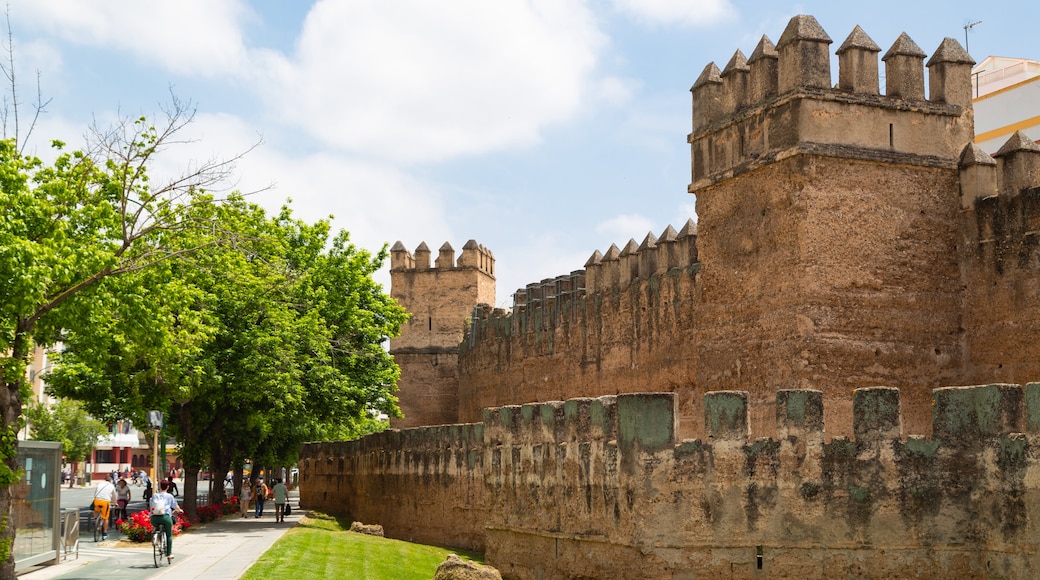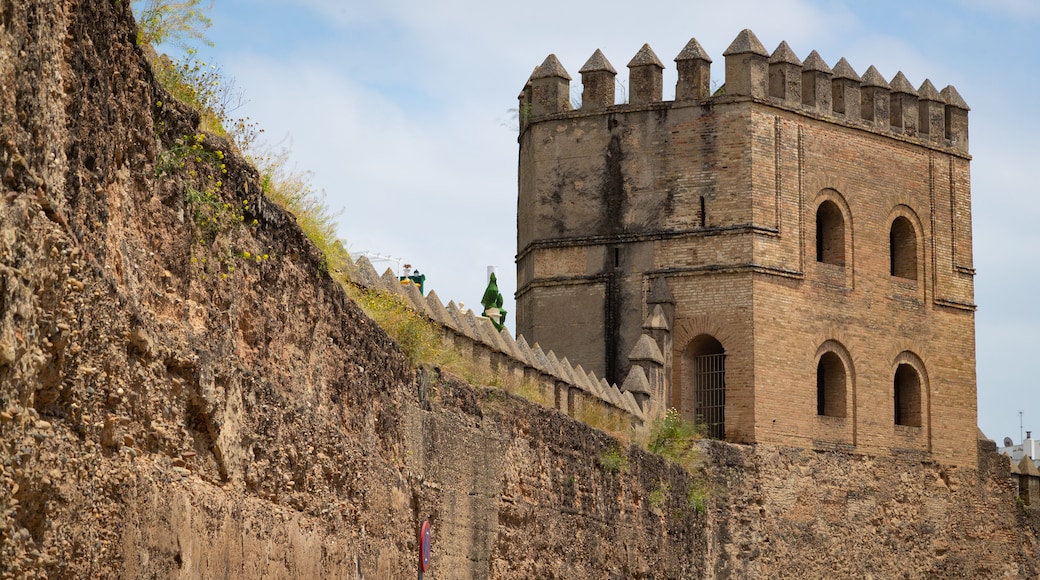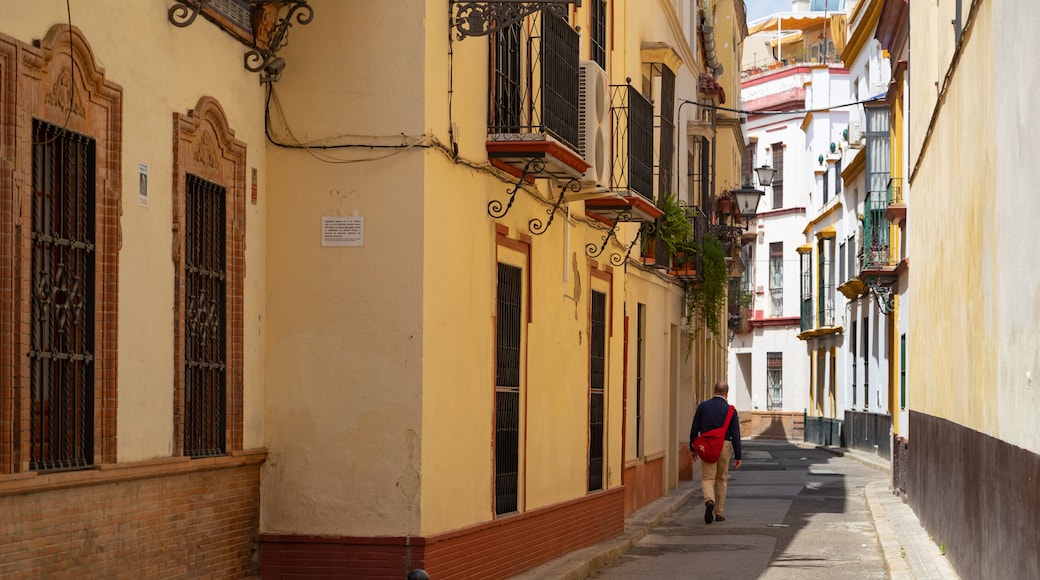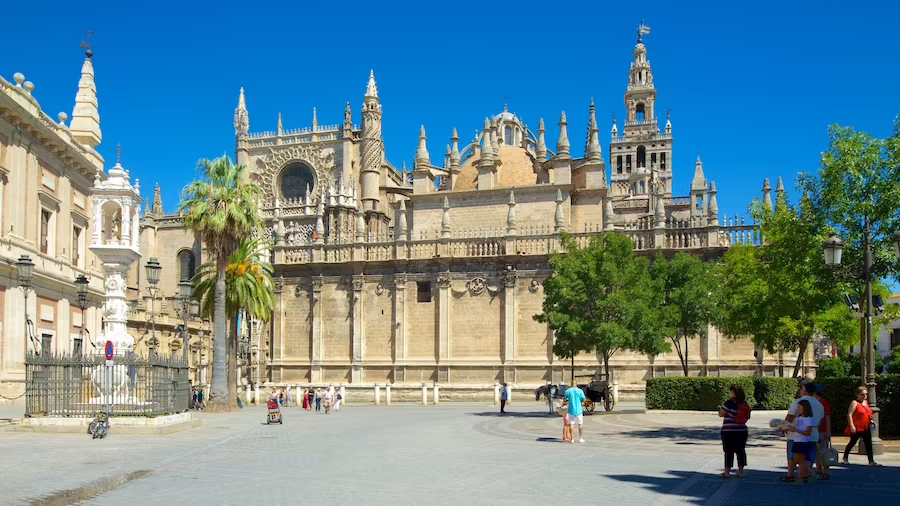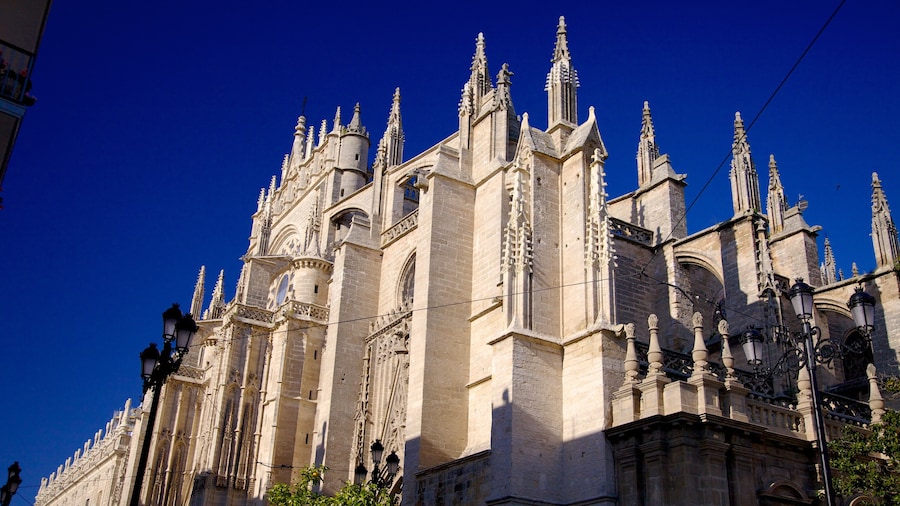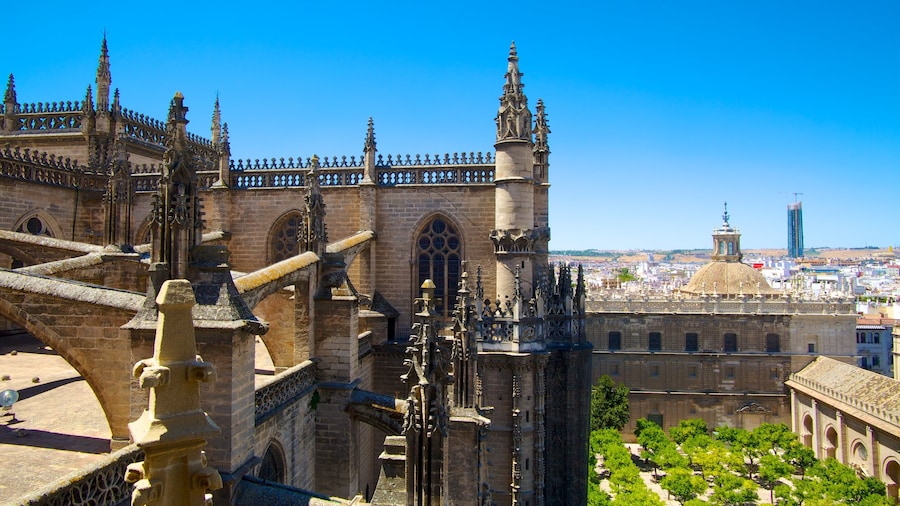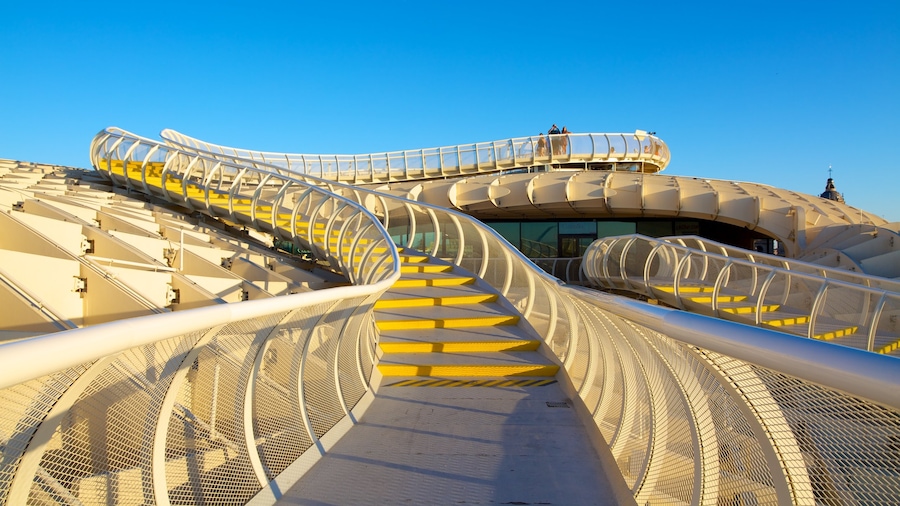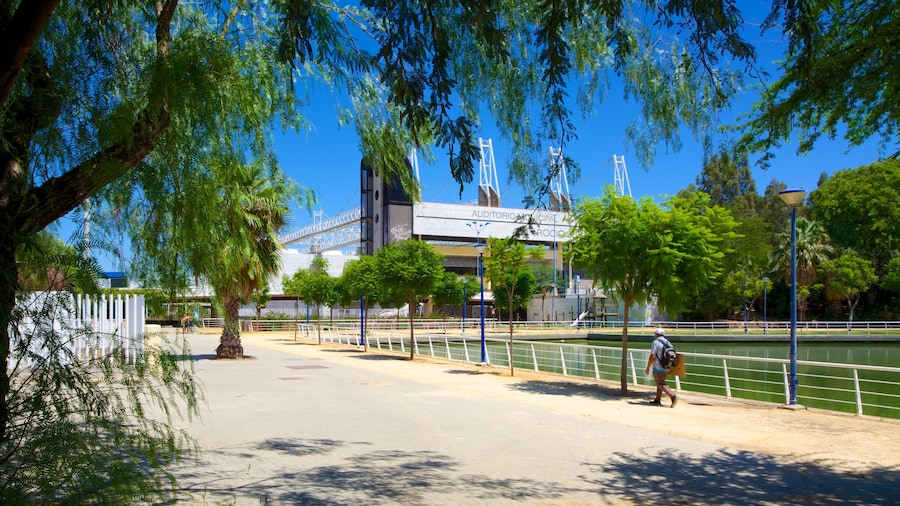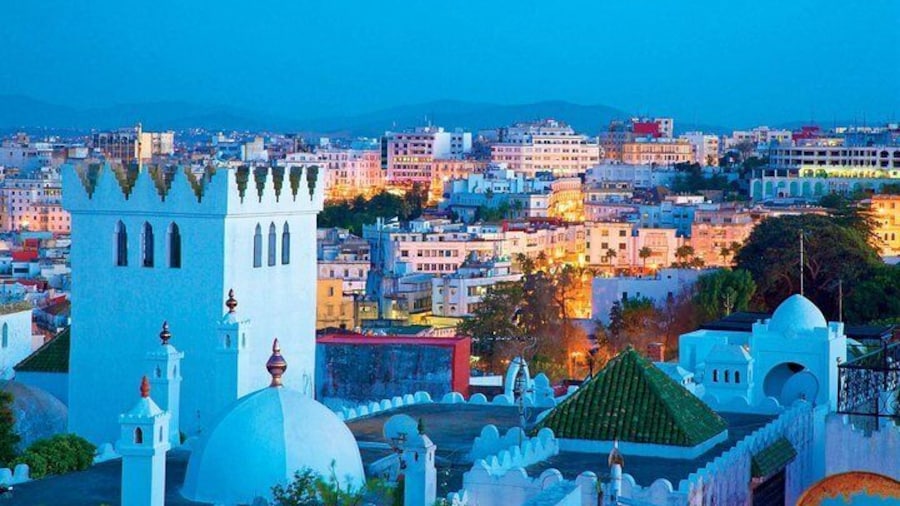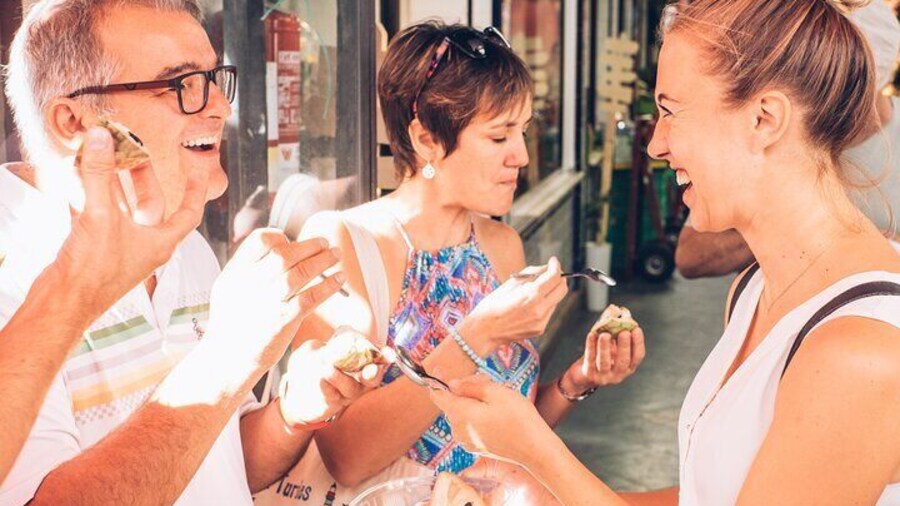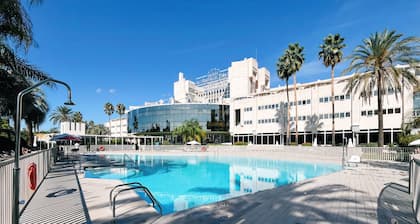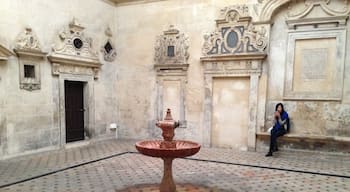Nestled by the northeast quarter of Seville's historical center is the Macarena, a traditional neighborhood of ancient churches, convents, markets and plazas. It is also home to the best surviving section of the medieval walls that once encircled the city. Spend at least a day exploring historical sites and dining in the tapas bars of this large central district.
Visit the 14th-century church of Santa Catalina on Plaza Terceros, a mudejar building with a tower modeled on Seville Cathedral's Giralda bell tower. Nearby is a bar called El Rinconcillo, which was founded in 1670 and is believed to be the oldest in the city. Stop to savor tapas dishes such as Iberian pig cheeks cooked in sauce, fried squid and Russian salad.
Go up to the 12th-century Puerta de Cordoba near the church of San Hermenegildo. From here follow the wall to reach the Puerta de la Macarena which was reconstructed in the 18th century. Just beyond this ancient gateway is the Basilica of the Macarena, a beautiful Catholic temple from the 1940s that was built to house the revered 17th-century wooden statue of the Virgen de la Esperanza Macarena.
On Good Friday during the city’s annual Easter commemorations this centuries-old image is paraded through the streets. Opposite the basilica is the Hospital de las Cinco Llagas, a 16th-century former hospital that today houses the regional parliament. Guided tours of this immense Spanish renaissance building must be booked in advance.
If you are in Seville on a Thursday, make your way to Calle Feria for El Jueves, a large and colorful open-air flea market of more than 100 stalls. Browse for antiques, old books, secondhand items, collectibles and much more.
Make time for some of the other neighborhood highlights including the 14th-century church of San Marcos and the Convento de Santa Paula which has a 13th-century Romanesque-gothic tower.
The Macarena neighborhood is a short bus ride north of the city center. Travel around the neighborhood on foot or by public transportation.
